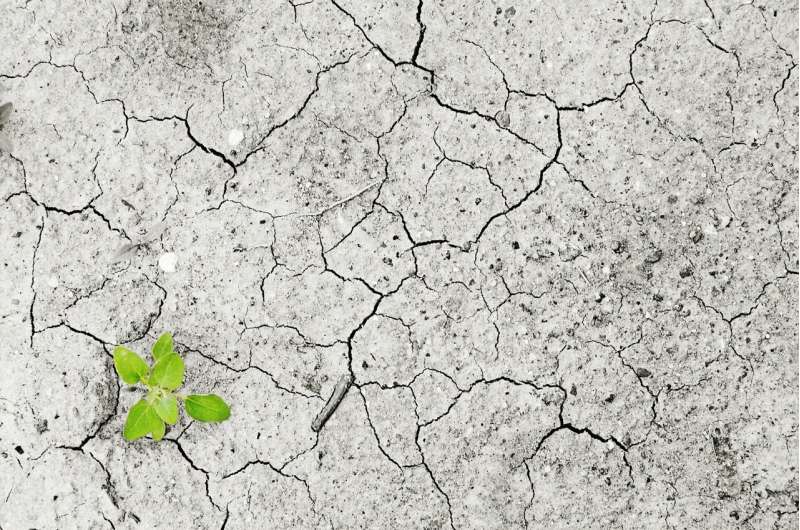This article has been reviewed according to Science X's editorial process and policies. Editors have highlighted the following attributes while ensuring the content's credibility:
fact-checked
preprint
trusted source
proofread
Sonic restoration: How soundwaves appear to stimulate soil

A new study has found fungi respond to noise in soil, unlocking the potential for improved ecosystem recovery.
Humans are energized by dance music and now new Flinders University research has recorded rapid acceleration in soil fungi growth when sounds are played in a controlled environment.
With soil microbes contributing to plant growth and decomposition of nutrients in the soil, the discovery showcases the potential for 'eco-acoustics' as a new field in supporting native ecosystem restoration, fresh food production and composting industries.
"More than 75% of the world's soils are degraded, so we need to take radical steps to reverse the trend and start restoring biodiversity," says Dr. Jake Robinson, a microbial ecologist at Flinders University.
"This research surprised us when one common plant growth-promoting fungi increased its initial number of spore cells biomass by almost five times compared to the control group where soundwaves were at ambient levels.
"Our study also highlights the importance of soundscapes in nature. We can now listen to the sounds that tiny animals as an indicator of soil health, but we might also be able to apply sound to improve soil health."
The novel study involved burying regular teabags in soundproof boxes to enable the growth of biomass as the organic matter degraded. Some were exposed to 'loud' high-pitched monotone soundwaves about 80 decibels at 8 kHz frequency for up to eight hours a day for 14 days. Teabags in the control sample produced less fungi growth when exposed to only 30 decibels of noise.
The study, "Sonic restoration: Acoustic stimulation enhances soil fungal biomass and activity of plant growth-promoting fungi," is published on the pre-print server bioRxiv.
Total fungal biomass growth in each of the high soundwave teabags gained about 0.5g grams compared to little change in the control zone.
The beneficials Trichoderma harzianum conidia (spore) activity increased around five-fold compared to the control samples when exposed to soundwaves in petri dishes for only five days.
The United Nations Decade on Ecosystem Restoration (2021–2030) focuses on preventing, halting and reversing the loss of nature—for climate, nature and people.
Co-author Flinders University Associate Professor Martin Breed says, "Our lab's studies into restoration ecology are paving the way for improved native vegetation regrowth—including the reintroduction of lost species.
"Our research into the potential of stimulating soil microbial activity harnesses other innovative possibilities to help restore nature," says Associate Professor Breed, who researches ecosystem and the associated effects on human health with fellow Flinders University researchers.
After revegetation, it can take decades for soil microbes to fully recover so the potential to speed up the process is an exciting development.
More information: Jake M. Robinson et al, Sonic restoration: Acoustic stimulation enhances soil fungal biomass and activity of plant growth-promoting fungi, bioRxiv (2024). DOI: 10.1101/2024.01.11.575298
Journal information: bioRxiv
Provided by Flinders University




















